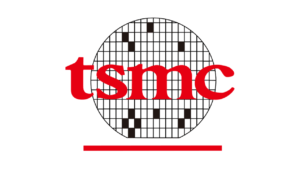The Future of Claims: How Blockchain is Making Insurance Fraud a Thing of the Past

Insurtech is reshaping the insurance landscape in ways we once thought impossible. And now, a new player is stepping into the …

Insurtech is reshaping the insurance landscape in ways we once thought impossible. And now, a new player is stepping into the …

Renowned Apple analyst Ming-Chi Kuo has reported that the tech giant has significantly reduced its production orders for the iPhone …

Peloton, the popular fitness equipment company, has announced a strategic partnership with Costco Wholesale, a major retailer known …

Prominent value investor Bill Nygren has issued a cautionary note regarding the concentration of growth stocks within …

Taiwan Semiconductor Manufacturing Company (TSMC), a major supplier to both Nvidia and Apple, has experienced a significant …

For decades, wholesale distributors have struggled with inventory optimization, leveraging the same processes and the same math in their ERP system that have been used for 50-plus years.

Two years ago, the global supply chain was not a common topic for a dinner party conversation, but now everybody has a view on the disruption, how it impacts them personally, and what should be done to fix it.

Disruptions such as COVID-19, war, and climate changes have exacerbated the challenges of managing congested yards and ports, highlighting notorious manual operations inefficiencies and costs.

In an article by Mike Hockett from Industrial Distribution, he says that unless you’ve been living under a rock,

Organizations across the globe are facing an onslaught of supply chain challenges. Heightened customer service expectations are straining throughput levels; demand fluctuation is complicating inventory planning; labor constraints are impacting productivity, and inflation is increasing costs across the board. All of this has prompted company executives to take a closer look at their supply chains as the solution.